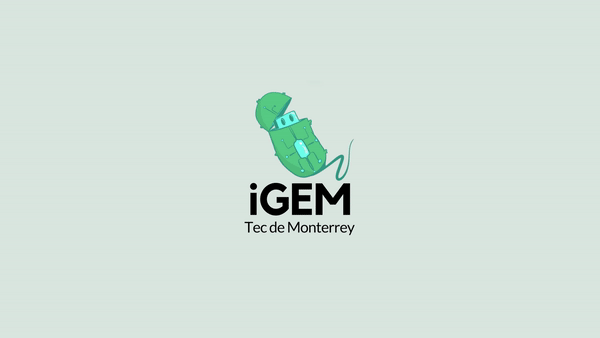Davidacevedo (Talk | contribs) |
Davidacevedo (Talk | contribs) |
||
| Line 269: | Line 269: | ||
var divID = $(this).attr("href"); | var divID = $(this).attr("href"); | ||
| − | if (activeTeamDiv | + | if (activeTeamDiv != divID) { |
| − | + | ||
| − | + | ||
activeTeamDiv = divID; | activeTeamDiv = divID; | ||
//console.log(divID); | //console.log(divID); | ||
$(divID).stop().slideDown(400); | $(divID).stop().slideDown(400); | ||
| + | $('html, body').animate({ | ||
| + | scrollTop: $(divID).offset().top | ||
| + | }, 2000); | ||
} | } | ||
}); | }); | ||
Revision as of 21:29, 28 September 2018


This is temporary, just a holder for the concept of the page, image of UCSC
 |
 |
 |
 |
 |
 |
 |
 |
 |
 |
||||
 |
 |
|||||
 |
 |
|||||
 |
 |
|||||
 |
 |
 |
 |
 |
 |
|
ICT Mumbai
Skype meetings were often a little too early for us and a little too late for them, but collaborations with ICT-Mumbai ended up being very successful! We helped the mathematical modelling team with their oscillating circuit, especially concerning the correctness and scope of the equations they had used in their system, since it was their first time working with MATLAB. From their code, we were able to find a small correction in their model, called a “basal transcription level” that is commonly referred to as leakage, that could help turn their code from a purely qualitative description of the biological system into a quantitative one that could further allow them to make predictions and test experimental data. This additional consideration comes from the fact that RNA transcription actually never reaches zero, which could have lead to potential discrepancies between the modeling and experimental results.

Tec Chihuahua
Collaborations with iGEM Tec-Chihuahua Team were full of difficult challenges, but hard work and effort from both parts gave great results. Our team helped Chihuahua conducting a synthesis of nanoparticles with the ability to encapsulate Apidaecin IB. We incorporated a multiple emulsion protocol and chemical transformation in order to send them the nanoparticles that they will use in their project. A single HPLC reading was made after the synthesis to verify the quantity and quality of the encapsulated peptides.They sent us their protocols, and we conducted additional research by contacting experts on the field. This lead to us proposing a new protocol to Chihuahua Team, which they accepted, involving the transformation and chemical encapsulation with chitosan to improve the efficiency output of the reaction, as well as the preservation of the nanocapsules.

Düsseldorf
For our collaboration with iGEM Düsseldorf Team, our mathematical model members had to arduously work for weeks. We had to come up with an appropriate set of differential equations and MATLAB/Python code that could accurately describe their complex Trinity system, which involves three codependent entities growing in the same medium. Although we got stuck a few times with some technical aspects of the coding simulation, our results and ideas proved to be very useful to their team, leading to the determination of the correct ratio of nutrients needed in order for their organisms to grow into a stable system.

IIT Madras
One of our team members helped iGEM team IIT Madras with their Language Project, which involved making educational Synthetic Biology videos in our native language. As part of the collaboration, we received a script in English from IIT Madras and proceeded to translate it completely into Spanish. After that, an audio file was recorded and thus concluded our brief collaboration!

ICT Mumbai
We held a Q&A session with iGEM Madrid-OLM Team, concerning important Wiki aspects, where our main developers cleared some doubts about font usage, iGEM skins, and templates. Overall, it was a very productive session, and some general tips of web development that were shared between our teams greatly helped us improve each of our Wikis.



